
2700-year-old children’s cemetery discovered in Tenedos Ancient City
A 2700-year-old children’s cemetery was discovered during the ongoing excavations in the ancient city of Tenedos under the direction of Prof. Dr. Turan Takaoğlu, a faculty member at Çanakkale Onsekiz Mart University Department of Archaeology.
The excavations are being carried out with the support of the Ministry of Culture and Tourism, General Directorate of Cultural Heritage and Museums.
During the 2023 excavations, many child graves were discovered in the necropolis area of the city. During the excavations, it was determined that children who died at an early age were buried in both pithos tombs, amphora tombs and stone-built tombs together with the gifts of the dead.
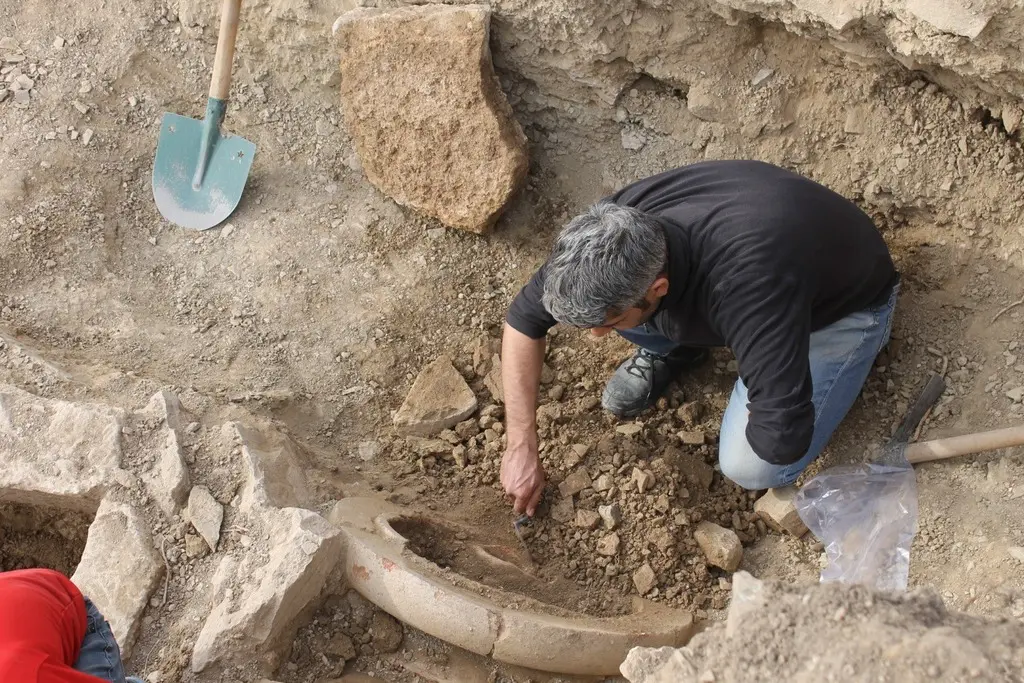
Tomb within a tomb
The most interesting of the children’s graves was a 6th century BC pithos or cube grave into which a second pithos grave was placed in the 4th century BC.
Six terracotta figurines and a bronze pin in the shape of a horse’s foot were placed inside the later pithos grave.
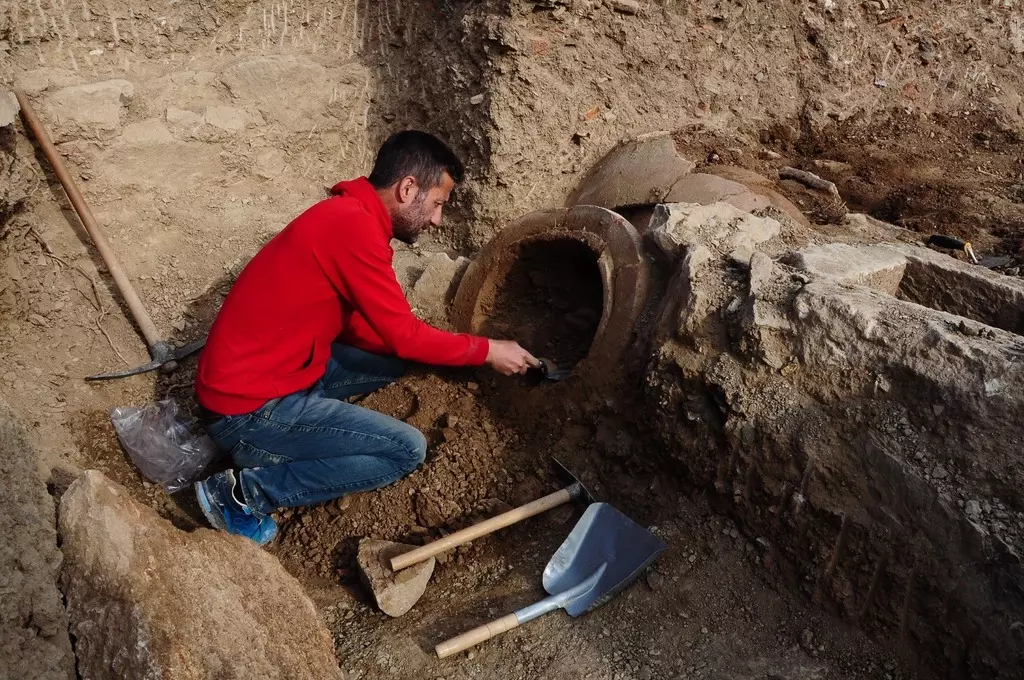
These statuettes depict two dancers wearing Phrygian headdresses in oriental costumes that can be associated with the cult of Dionysus, the Greek god of wine, one of them a woman playing the stringed musical instrument lyre, and the remaining three standing women.
The figurines were subjected to restoration and conservation procedures by Dr. Çilem Yavşan. After the excavation season, the finds were delivered to the Troy Museum Directorate.
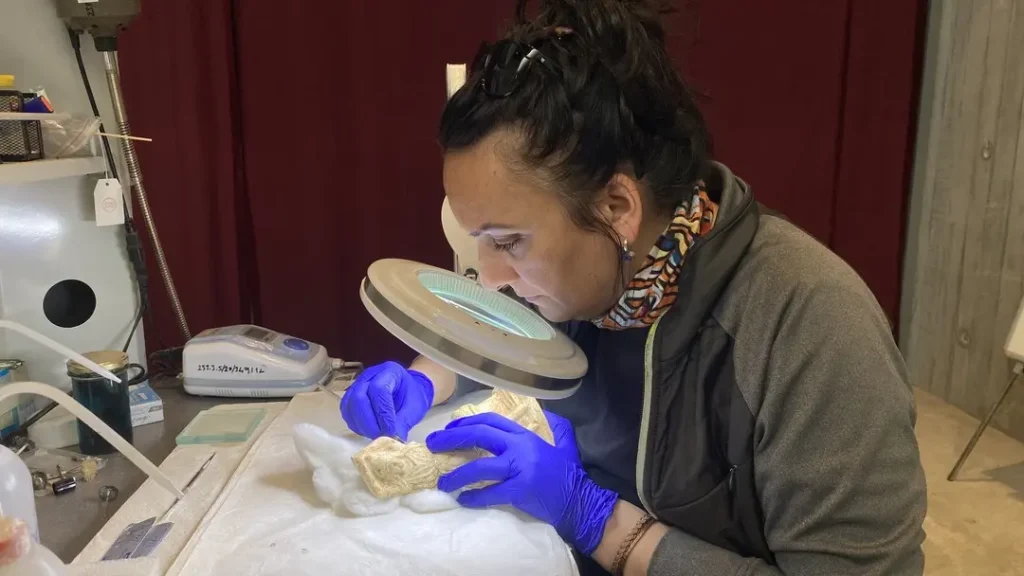
Prof. Dr. Ömer Can Yıldırım, Vice President of Excavations, told İHA, “In 2023, our excavations were carried out in Bozcaada Castle and Ancient Necropolis Area,” he said, “Especially in the studies carried out in the Necropolis area, an area that was not previously known in the archaeological literature and was limited as the burial area of children was identified. Among the graves identified in this area, the structure we define as a pithos grave, which we define as a pithos grave, showed the feature of a pithos in a pithos and provided the emergence of a data that was not previously known in archaeological data.”
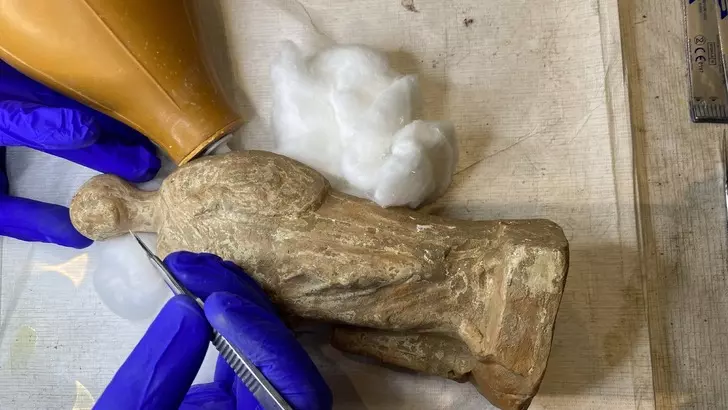
Prof. Dr. Yıldırım said, “It shows that the first burial here was made in the 6th century BC and then a second burial was made after a period of about 200 years, in the 4th century BC, that is, in the Late Classical Period.
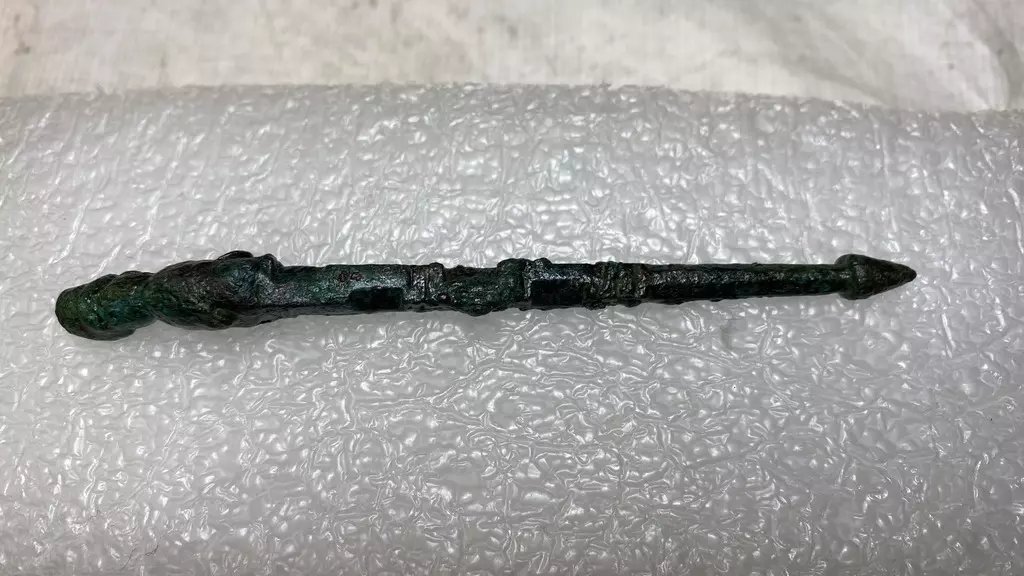
The grave, which was identified in the second burial and represented by 6 artifacts, draws attention with terracotta figurines and a bronze needle. In 2023, the finds obtained during the excavations were delivered to the Troy Museum Directorate in Çanakkale.”
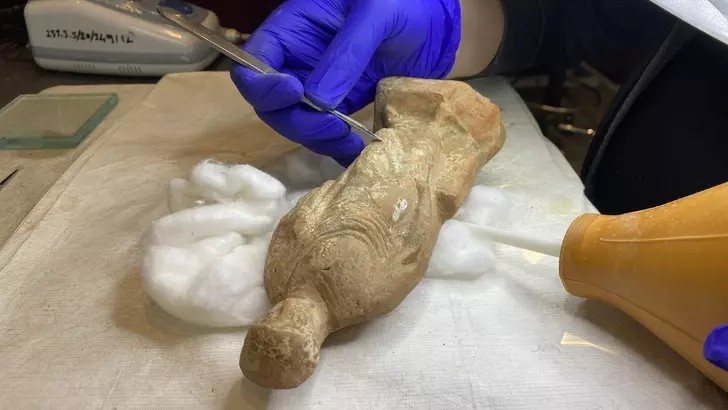
In 2023, Yıldırım also noted that there were terracotta figurines and a bronze needle in the burial tradition designed in the form of pitos in the pitos tomb obtained as a result of the studies carried out in the Tenedos Ancient cemetery area, “When we look at the general characteristics of the works, the way they dress, the goddess motifs are a sign of respect for the children buried at a young age related to the belief prevailing in this period and reaching the god. When we evaluate these artifacts in terms of history, the stylistic and analogical characteristics of the artifacts show that these artifacts were manufactured approximately 2,700 years ago and placed in the grave of a child who died at a young age.
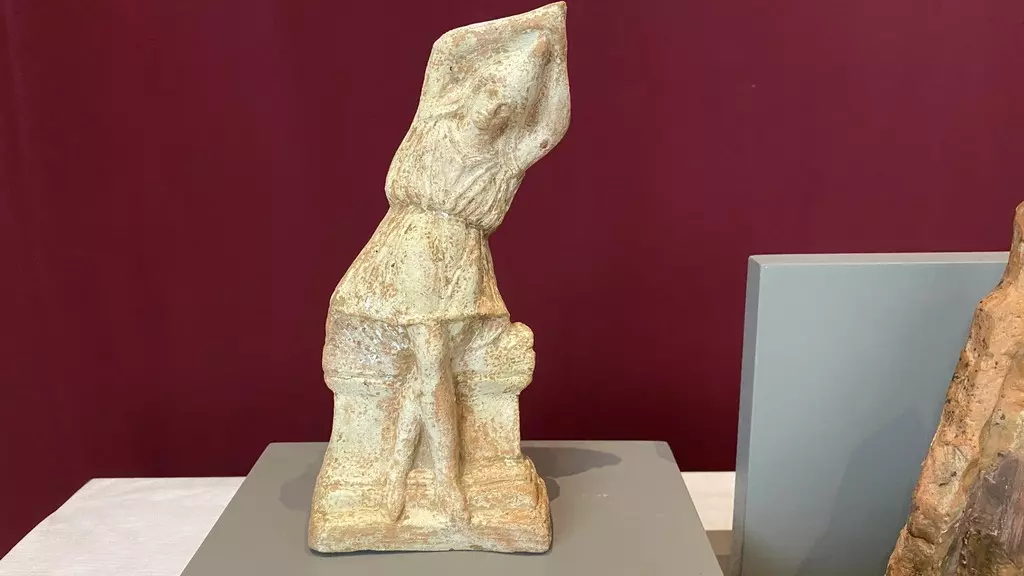
The first two of the artifacts that we see are the so-called dancer oklasma form. We can say that the clothing types on the artifacts are mostly related to the phrygian culture and the cult of Cybele as well as Dionysus. This feature clearly shows us that this religious ideology was dominant especially in the 4th century BC in the Necropolis of Tenedos. The typological features reflected by the artifacts provide us with significant data in understanding the cultural characteristics of the Tenedos Necropolis during the Late Classical Period.”
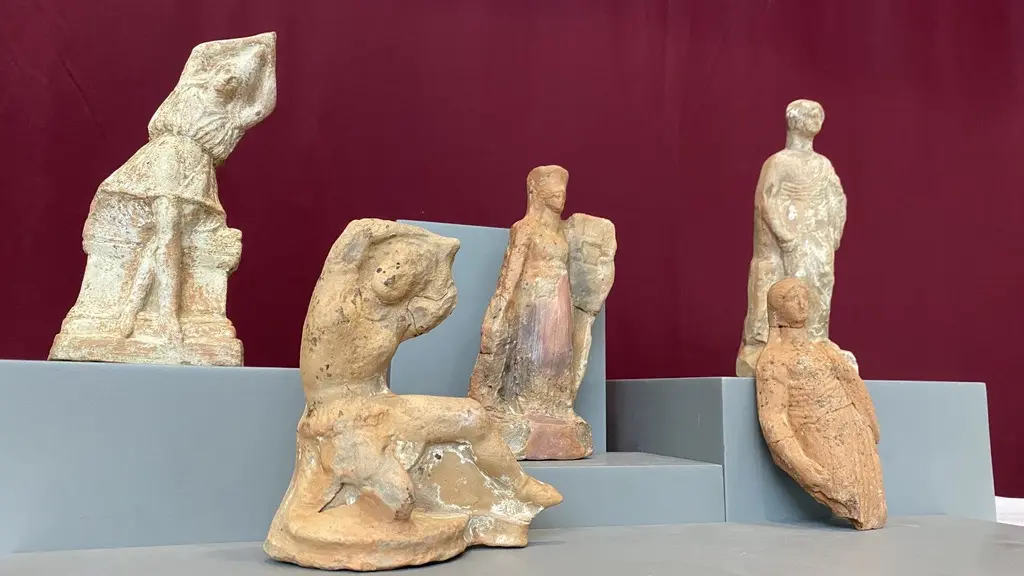
The ancient city of Tenedos is located in Bozcaada (formerly known as Tenedos (Greek: Τένεδος Ténedhos, Latin: Tenedus)) in Çanakkale.
The city of Tenedos is mentioned in both the Iliad and the Aeneid. In the Aeneid, it is mentioned as the harbor where the ships carrying the Trojan Horse, which the Greeks built to end the Trojan War, were sheltered.
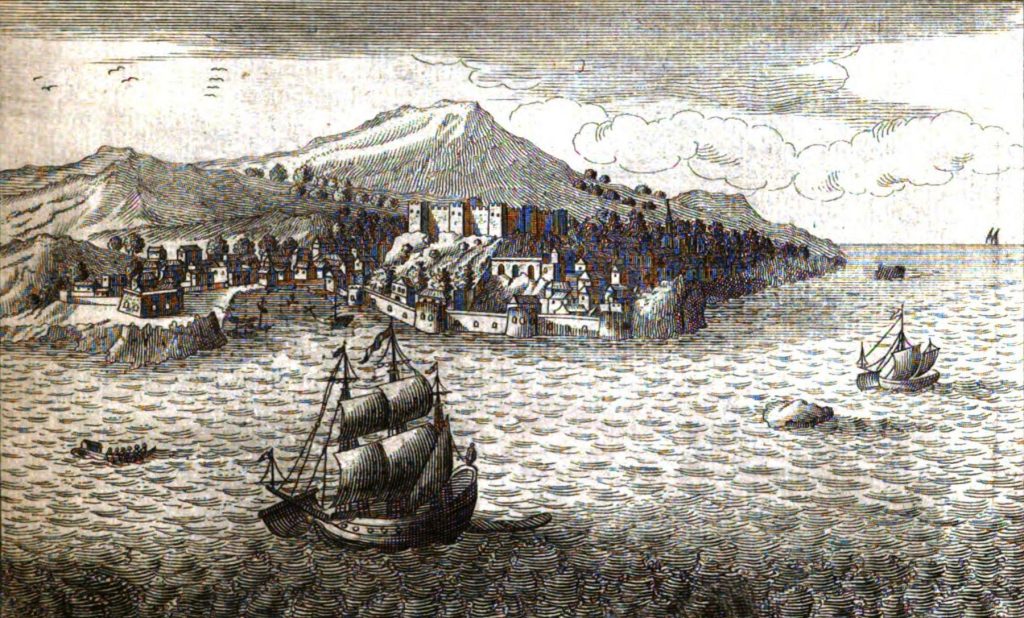
Tenedos was an important city during the classical age and was under the control of the Achaemenid Empire, the Attica-Delos Naval League, the Empire of Alexander the Great, the Kingdom of Pergamon, the Roman Empire, the Republic of Venice and the Byzantine Empire.
You may also like
- A 1700-year-old statue of Pan unearthed during the excavations at Polyeuktos in İstanbul
- The granary was found in the ancient city of Sebaste, founded by the first Roman emperor Augustus
- Donalar Kale Kapı Rock Tomb or Donalar Rock Tomb
- Theater emerges as works continue in ancient city of Perinthos
- Urartian King Argishti’s bronze shield revealed the name of an unknown country
- The religious center of Lycia, the ancient city of Letoon
- Who were the Luwians?
- A new study brings a fresh perspective on the Anatolian origin of the Indo-European languages
- Perhaps the oldest thermal treatment center in the world, which has been in continuous use for 2000 years -Basilica Therma Roman Bath or King’s Daughter-
- The largest synagogue of the ancient world, located in the ancient city of Sardis, is being restored











Leave a Reply